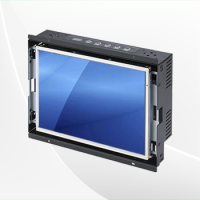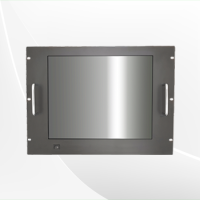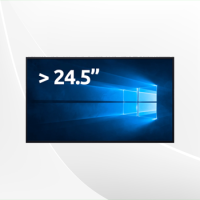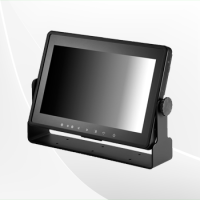Why choose an industrial monitor
It is precisely their differences from conventional monitors that make industrial monitors the best choice for harsh environments, or those with special needs.
Here are all the advantages of these monitors:
1) industrial monitors are much more robust than conventional ones, ensuring full operability and correct data readout even in the presence of dust, vibrations, humidity and temperature fluctuations - which can impair the operation of standard monitors;
< strong="" style="box-sizing: inherit; color: #000000;">2) have a longer service life. In this way, you can save money and time in the long run, as you will no longer have to replace your monitors as often as you would with conventional ones;
3) often include advanced functionality, such as the ability to interpret data from industrial sensors, and features optimised for harsh environments, e.g. more connections, higher screen protection, and different display touchscreen options. All this allows you to optimise your work or that of your operators and make your business processes more efficient.
4) availability over time. The same model can be found on the market even after several years, which allows you to replicate the eventual machine without having to revisit the initial design from scratch.
For which applications an industrial monitor is suitable
Industrial monitors are widely used in a wide range of applications, such as:
● industrial automation, to display monitoring and control data of machinery, production lines and automated systems;
● manufacturing sector, for monitoring production processes, quality control, visualising assembly diagrams and monitoring machine performance;
● process control, to monitor and analyse data and ensure efficient operations;
● logistics and warehouses, to monitor stocks, inventory management, shipment tracking and control of handling processes;
● energy and utilities sector, to monitor and control power generation plants, distribution networks and utility control systems;
● food sector, to supervise packaging processes, temperature control and production line management;
● automotive sector, to monitor assembly processes and machine performance, and visualise production control data;
● digital signage, to display multimedia content in shops, shopping centres, retail outlets, hotels and restaurants, to provide useful information and directions at airports, railway stations, companies, and so on.
If you have further questions or are looking for more precise advice on which monitor is best for you, you can contact our technicians for a free consultation at any time!
We will analyse together the requirements of your project and the characteristics of your usage environment to find the monitor that really suits you!


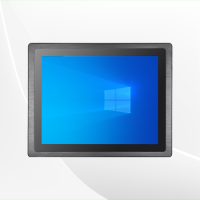
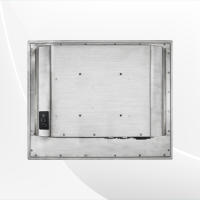
.png)
